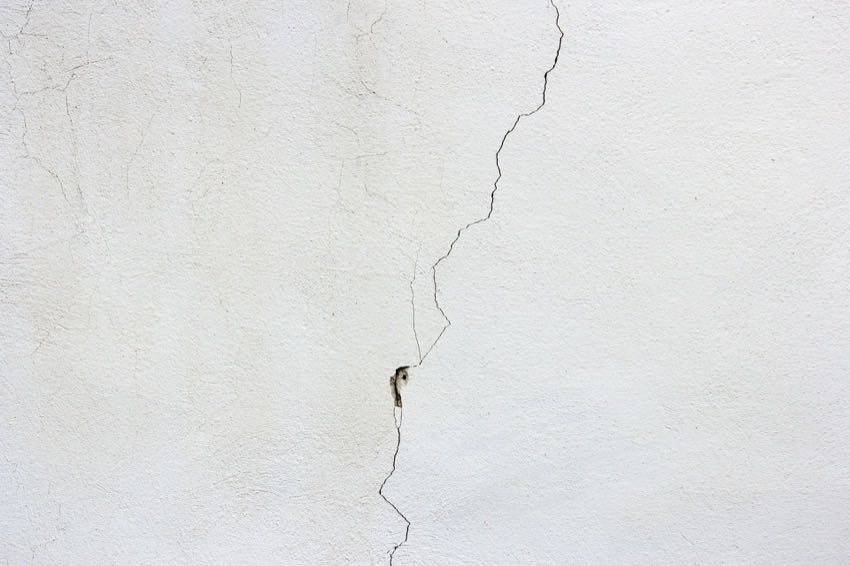The Consumer Product Safety Commission (CPSC) has received over 3,000 reports from US residents who believe their health symptoms or the corrosion of certain metal components in their homes tainted by Chinese drywall. More than 90% of reports are from Florida (59%), Louisiana (20%), Mississippi (6%), Alabama (5%), and Virginia (4%) – and this excludes state and local authorities who have received similar reports in untabulated amounts. The recent boom of drywall problems originated, presumably, from an increased demand following hurricanes in the southeast.
According to new guidelines released Friday by the Consumer Product Safety Commission, thousands of U.S. homes tainted by Chinese drywall should be “gutted”.
Based on the scientific study of the problem to date, HUD and CPSC recommend consumers remove all possible problem drywall from their homes and replace electrical components and wiring, gas service piping, fire suppression sprinkler systems, smoke alarms, and carbon monoxide alarms. Taking these steps should help eliminate both the source of the problem drywall and corrosion-damaged components that might cause a safety problem in the home. To view a full text of the remediation guidance, visit the federal Drywall Information Center website.
“We want families to tear it all out and rebuild the interior of their homes, and they need to start this to get their lives started all over again,” said Inez Tenenbaum, chairwoman of the commission.
The drywall has been linked to corrosion of wiring, air conditioning units, computers, doorknobs, and jewelry, along with possible health effects. Tenenbaum said some samples of the Chinese-made product emit 100 times as much hydrogen sulfide as drywall made elsewhere. The guidelines say electrical wiring, outlets, circuit breakers, fire alarm systems, carbon monoxide alarms, fire sprinklers, gas pipes, and drywall need to be removed.
The agency is continuing to investigate possible health effects, but preliminary studies have found a possible link between throat, nose and lung irritation and high levels of hydrogen sulfide gas emitted from the wallboard, coupled with formaldehyde, which is commonly found in new houses.
The question on everyone’s mind is who pays to gut the homes. With many smaller housing manufacturers going out of business after the collapse of the housing industry, this leaves the Chinese manufacturers. U.S. Sen. Bill Nelson, D-Fla. was quoted as saying “The way I see it, homeowners didn’t cause this. The manufacturers in China did. That’s why we’ve got to go after the Chinese government now.”
Uh… right. I’m sure that’s going to be incredibly productive for consumers.
Southeast members of Congress are trying to make it easier for consumers and distributors to sue Chinese manufacturers and to get the Federal Emergency Management Agency (FEMA) to help homeowners pay for costs not covered by insurance. Congress also thinks that the U.S. needs to put some pressure on the Chinese government, which funded several of the companies making defective drywall. This is borderline naive at best. Even if Chinese companies can be sued, the collection of awarded judgments will be nearly impossible given the current political climate.
So far, over 2000 homeowners have filed federal suits in Louisiana against Chinese manufacturers and companies in the US that sold defective drywall. A U.S. District Judge is expected to rule shortly in a pivotal case against the Knauf Plasterboard Tianjin Co., which is the only Chinese company that has even responded to U.S. suits.
In some cases, homebuilders have paid to gut and rewire homes. In others, homeowners who can afford it have paid for the work themselves.
On Friday, Knauf Plasterboard agreed that high hydrogen sulfide levels appeared to be the main concern, but it noted the commission’s studies were preliminary and may not reflect conditions inside a home. The company said its studies have shown that drywall should be removed, but that plumbing and wiring do not need to go.
Daniel Becnel, a New Orleans lawyer representing Chinese drywall plaintiffs, including Sean Payton, the head coach of the Super Bowl champion New Orleans Saints, said the government guidelines issued Friday were “word for word what our experts said.”
Some professionals, like Randy Noel, past president of the Louisiana Home Builders Association, said the Chinese drywall problem has been exaggerated. He called the new guidelines “overkill.”
“Nobody has come up with a house yet that has caught on fire from the Chinese drywall, no one has come up yet with a house that leaks water or gas because of Chinese drywall,” he said.
He has examined numerous homes containing Chinese drywall and found minor problems, he said.
“It’s black soot on top of the copper, brass, and silver,” he said. “You wipe the stuff off and it looks as good as new.”



